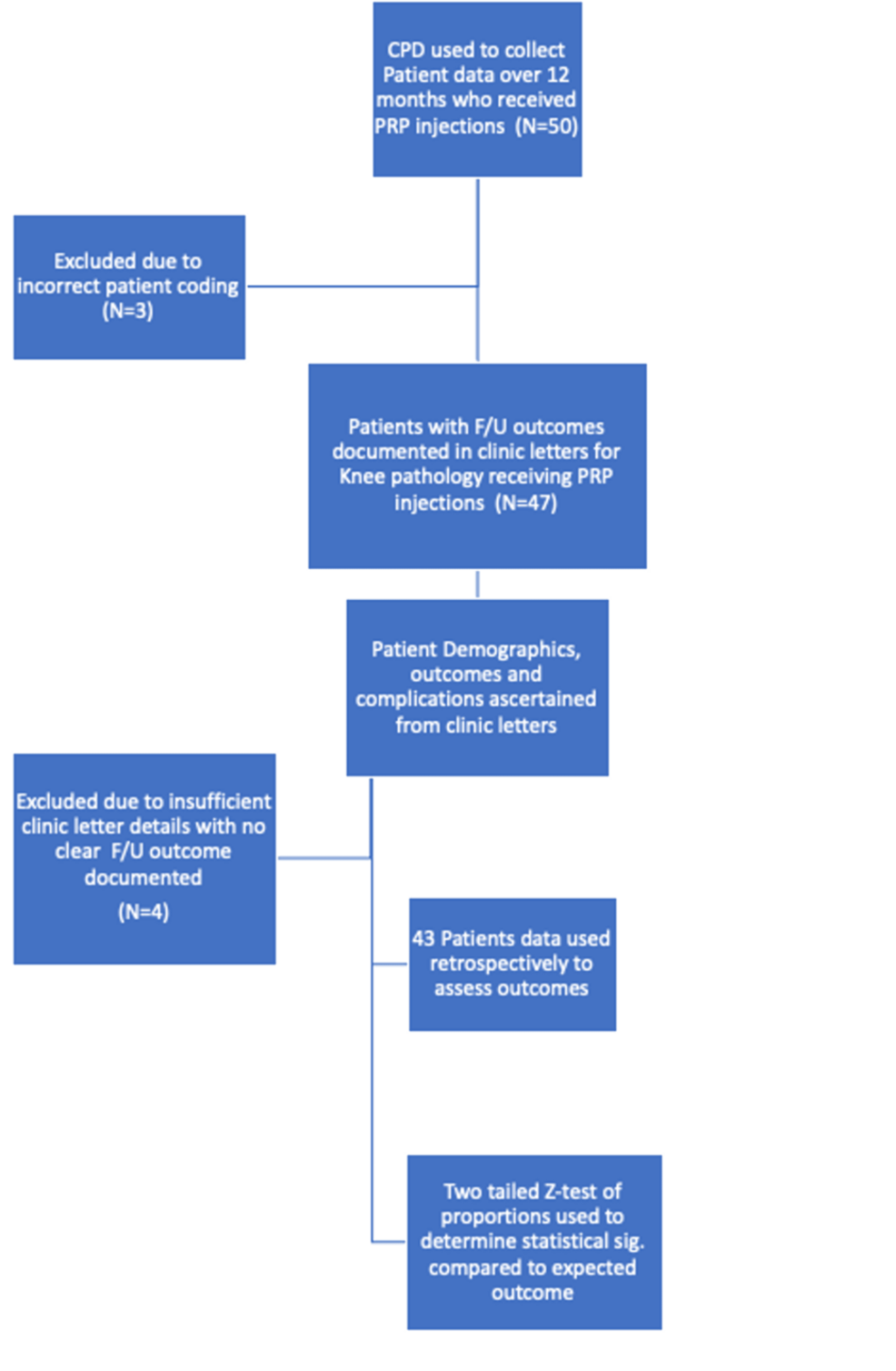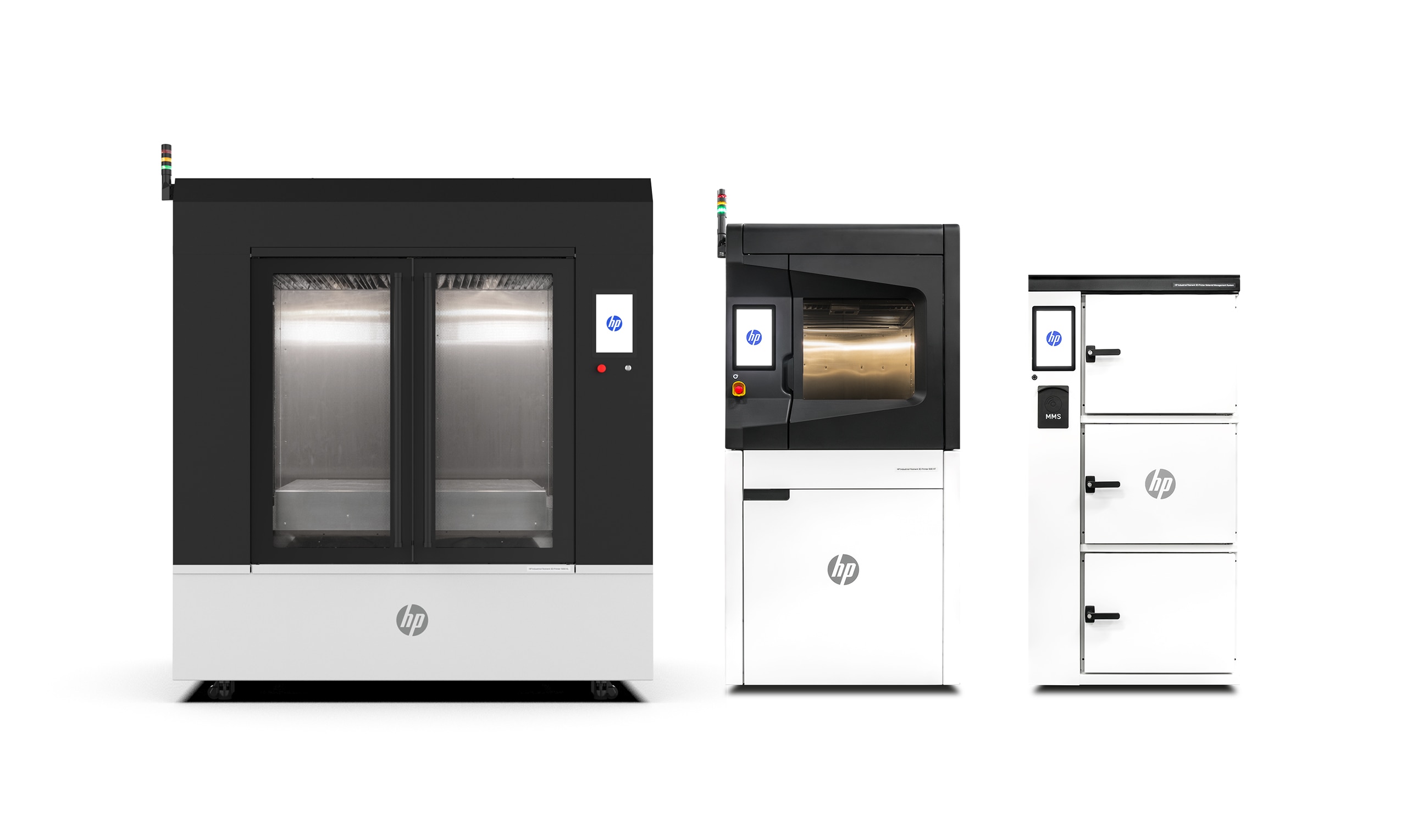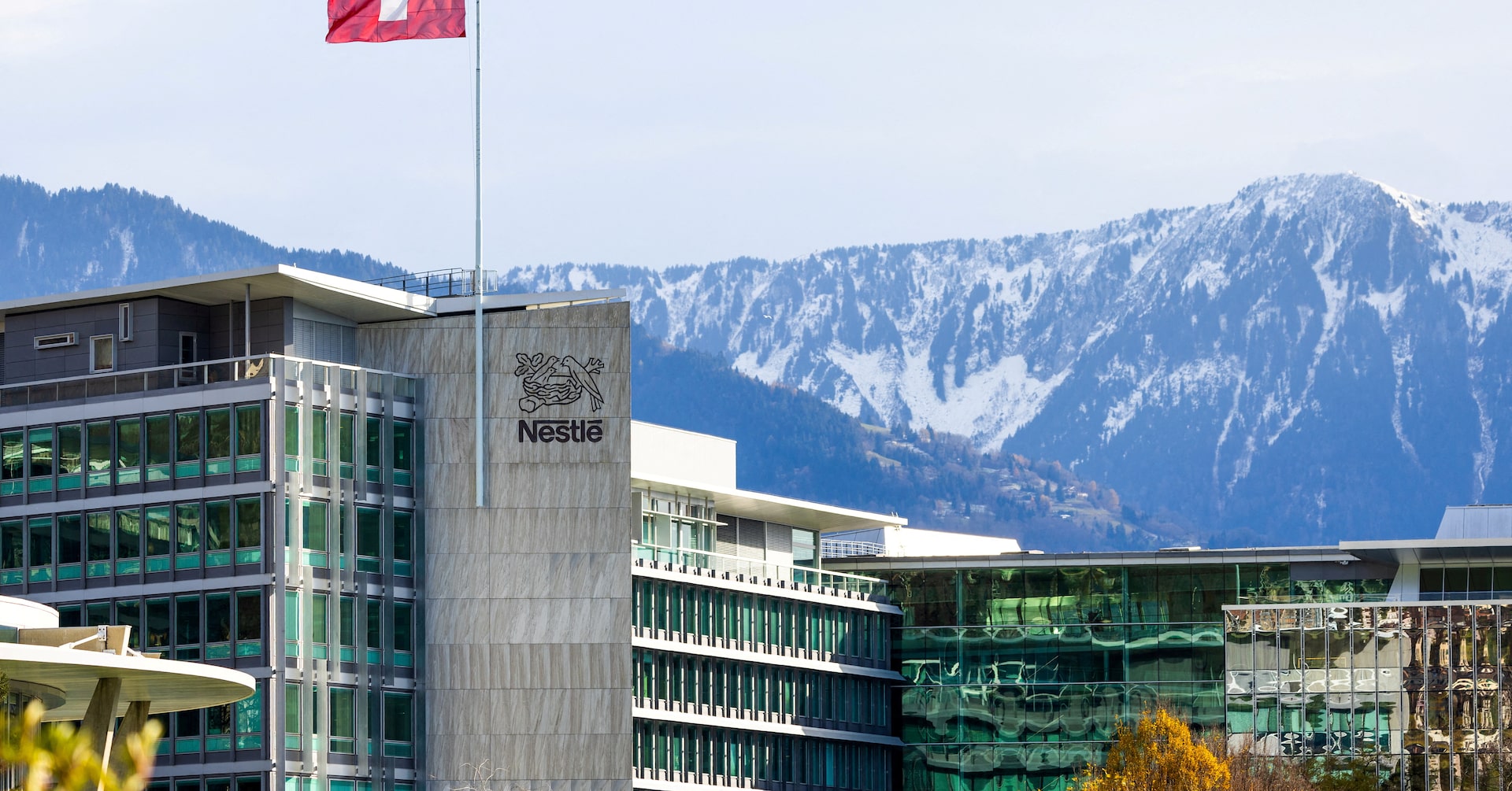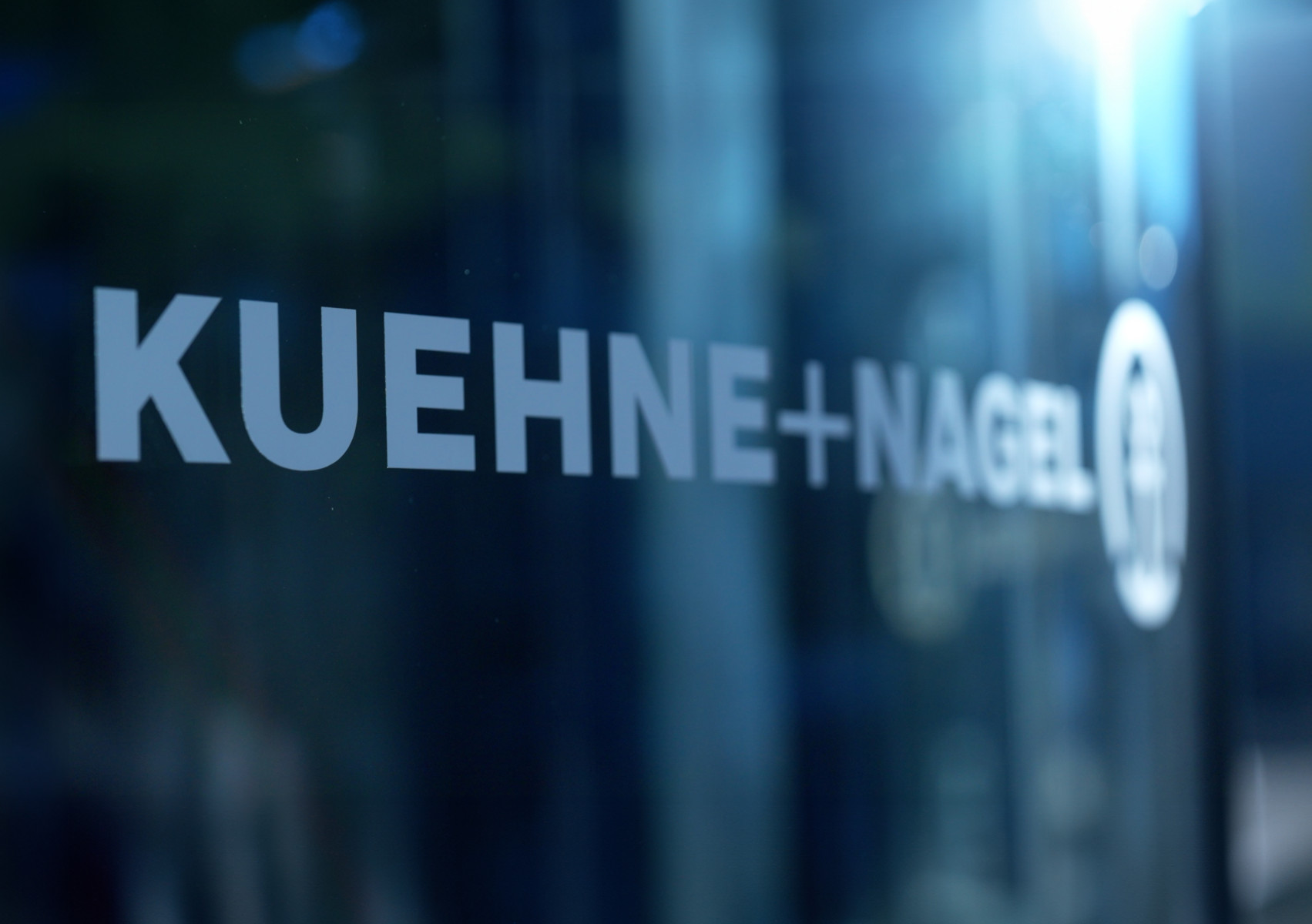Akzo Nobel N.V. (AKZA; AKZOY) (“AkzoNobel”) and Axalta Coating Systems Ltd. (NYSE:AXTA) (“Axalta”) today announced they’ve entered into a definitive agreement to combine in an all-stock merger of equals, creating a premier global coatings company with an enterprise value of approximately $25 billion.
The combination brings together two coatings industry leaders with complementary portfolios of highly regarded brands to better serve customers across key end markets and enhance value for shareholders, employees and other stakeholders. Anchored in both companies’ proud histories and broad expertise, the combined business will have a highly attractive financial profile, industry-leading innovation capabilities and a balanced global footprint spanning over 160 countries to bring global capabilities to local customers.
With attractive margins and robust cash flow generation, the combined company will be well positioned to drive substantial growth and shareholder value creation, building on 2024 revenues of approximately $17 billion and $1.5 billion in pro forma Adjusted Free Cash Flow.1,2,3The combination is expected to drive identified and actionable run-rate synergies of approximately $600 million, 90% of which are expected to be achieved within the first three years following the close of the transaction.
Greg Poux-Guillaume, Chief Executive Officer and Chairman of the Board of Management of AkzoNobel:
“We’re excited to enter a new chapter in our long and proud history as a leader in the paints and coatings industry. This merger will allow us to accelerate our growth ambitions by bringing together highly complementary technologies, expertise and passionate people to unlock our full combined potential. I’m excited to lead our talented teams in bringing the best of both companies to our customers and shareholders, delivering outstanding value to both.”
Ben Noteboom, Chairman of the Supervisory Board of AkzoNobel:
“This combination represents a compelling opportunity. It’s a great value proposition for all our stakeholders, both in the Netherlands – where we maintain our domicile – and internationally, including our shareholders, customers and employees. It will create a world leader in coatings and is a significant step that will drive sustainable growth and allow us to better serve our customers. By uniting two world class organizations, we’re creating a strong platform for the future, built on a solid foundation of shared values and heritage.”
Chris Villavarayan, CEO and President of Axalta:
“We are pleased to enter into this transaction with AkzoNobel and join our best-in-class platforms to enhance innovation, develop new capabilities and further strengthen customer relationships. As our industry continues to grow and evolve, this combination with AkzoNobel enables us to do the same, with a sharper competitive edge and new avenues and opportunities for growth. Together, AkzoNobel and Axalta are positioned to establish a profitable and sustainable path forward as a leader in the coatings industry. Like AkzoNobel, we value our people as our greatest asset, and we are excited to unite our rich, innovation-focused cultures.”
Rakesh Sachdev, Chair of the Axalta Board of Directors:
“The Axalta Board is confident that this combination with AkzoNobel will create significant value for our shareholders as we move ahead. Led by an experienced management team with a track record of operational efficiency and excellence, we expect the meaningful synergy opportunities and enhanced financial profile of the combined company will drive substantial value creation. We look forward to joining Axalta’s and AkzoNobel’s strengths to create new opportunities across our global stakeholder base.”
Compelling strategic and financial benefits of the transaction
- Diversified and balanced portfolio of leading brands. The merger brings together AkzoNobel’s and Axalta’s complementary portfolios to create a full spectrum offering of coatings solutions, with first-rate franchises across Powder, Aerospace, Refinish, Mobility, Marine and Protective, Industrial Coatings and Decorative Paints. The combined portfolio will be differentiated by its breadth of solutions across approximately 100 well-known brands
- Increased geographic scale and enhanced commercial reach. The combined company will have an enhanced global footprint spanning 173 manufacturing sites and 91 R&D facilities worldwide, enabling it to bring global capabilities to local customers. Through increased local presence in key geographies, AkzoNobel and Axalta customers are expected to benefit from deep channel access to coatings and product support, further strengthening customer relationships
- Enhanced capabilities to deliver customer-centric innovation. The combination will enable AkzoNobel and Axalta to deliver increasingly advanced and differentiated products by combining existing technological capabilities across end markets. Joining Axalta’s Refinish, Light Vehicle and Commercial and Industrial Coatings businesses with AkzoNobel’s Powder Coatings, Refinish, Aerospace Coatings, Marine and Protective Coatings, Industrial Coatings and Decorative Paints businesses will create an innovative platform to deliver exceptional value to customers. In addition, sharing best practices across two leading research platforms in the coatings space is expected to accelerate high-value innovation. The combined company will have approximately $400 million combined annual R&D spend, 91 R&D facilities for local customer needs, approximately 4,200 research fellows, scientists and engineers, and around 3,200 granted and pending patent applications
- Substantial synergy opportunities driving value creation. The combination is expected to generate pre-tax run-rate synergies of approximately $600 million, with 90% of synergies expected to be achieved within the first three years following the close of the transaction. The targeted synergies are identified and actionable, arising primarily from procurement, SG&A efficiencies, footprint optimization and improved supply chain management
- Highly attractive financial profile with strong margins and substantial cash flow generation. Inclusive of run-rate synergies, the combined company is expected to have industry-leading profitability with strong Adjusted EBITDA margins approaching 20%1 and substantial cash flow generation. Revenues are expected to be approximately $17 billion, with Adjusted EBITDA of $3.3 billion and pro forma Adjusted Free Cash Flow of $1.5 billion. This will provide significant flexibility to support strategic and capital allocation priorities, including consistent capital returns through a regular dividend. Net leverage is targeted to be 2.0x to 2.5x, with a strong commitment to holding an investment grade credit rating
Leadership, corporate governance and headquarters
Upon closing, the combined company will have a one-tier Board, led by Rakesh Sachdev, current Chair of the Axalta Board of Directors. Ben Noteboom, current Chairman of the AkzoNobel Supervisory Board, will serve as Vice-Chair. The Board will be composed of 11 directors – four from each company and three independent members. Of the 11 Board members, two will be executive directors and nine will be non-executive directors. Each company expects to hold its respective Extraordinary General Meeting of Shareholders tentatively in mid-2026.
Current AkzoNobel CEO, Greg Poux-Guillaume, will serve as CEO of the combined company, and current Axalta CEO, Chris Villavarayan, will serve as Deputy CEO. Current Axalta SVP and CFO, Carl Anderson, will serve as the CFO of the combined company. Current AkzoNobel CFO, Maarten de Vries, will retire from AkzoNobel prior to closing as previously announced.
The combined company will assume a new name and ticker symbol, which will be announced in due course, and will have dual headquarters in Amsterdam and Philadelphia. It will be organized under a Dutch holding company with tax residency in the Netherlands. Following a period of dual listing on Euronext Amsterdam and the New York Stock Exchange (“NYSE”), shares of the combined company’s common stock will be listed solely on NYSE.
Transaction details
Under the terms of the agreement, which has been unanimously approved by the AkzoNobel Supervisory Board, the AkzoNobel Board of Management and the Axalta Board of Directors, Axalta shareholders will receive 0.6539 shares of AkzoNobel stock for each share of Axalta common stock owned.
In connection with the transaction, AkzoNobel will pay a special cash dividend to AkzoNobel shareholders equal to €2.5 billion minus the aggregate amount of any regular annual and interim dividends paid by AkzoNobel to AkzoNobel shareholders in 2026 prior to completion. AkzoNobel shareholders will own 55% and Axalta shareholders will own 45% of the combined company on a pro forma basis immediately after closing.
The companies expect the transaction to close in late 2026 to early 2027, subject to approval by shareholders of both AkzoNobel and Axalta, the receipt of requisite regulatory approvals, authorization for the combined company’s shares to be listed on NYSE, payment of the special dividend by AkzoNobel, completion of AkzoNobel’s works council consultation requirements and the satisfaction of other customary closing conditions.
Dividends and share buybacks between signing and close
In light of the announced transaction, both AkzoNobel and Axalta have agreed to suspend any ongoing or announced share buyback programs, effective immediately.
AkzoNobel intends to continue paying regular ordinary dividends in line with its existing dividend policy through closing, subject to customary approvals and applicable legal requirements. No extraordinary or additional distributions are expected from either company prior to completion, other than AkzoNobel’s special dividend pursuant to the transaction terms.
Advisors
Morgan Stanley & Co International plc is serving as sole financial advisor, De Brauw Blackstone Westbroek N.V. and Davis Polk are serving as legal counsel, and FGS Global is serving as strategic communications advisor to AkzoNobel. In addition, Lazard B.V. and Wakkie+Perrick are acting as financial and legal advisors, respectively, to the AkzoNobel Supervisory Board.
Evercore and J.P. Morgan Securities LLC are acting as co-lead financial advisors to Axalta. Incentrum Group is also providing financial advice. Additionally, Cravath, Swaine & Moore LLP and NautaDutilh N.V. are serving as legal counsel, and Joele Frank, Wilkinson Brimmer Katcher is serving as strategic communications advisor to Axalta.
Conference call and additional materials
AkzoNobel and Axalta will host a joint investor conference call today at 8.30am EST/2:30pm CET to discuss the transaction.
The conference call will be available via live webcast on the investor relations section of each company’s website at https://www.akzonobel.com/en/investors/events and https://ir.axalta.com, or directly at the following web address: https://event.choruscall.com/mediaframe/webcast.html?webcastid=V5nvvQdI. Associated presentation materials will also be available for viewing on the respective websites prior to the call.
The conference call can also be accessed by dialing +1 (877) 407 4177 within the US. International numbers can access the conference call by dialing +1 (201) 689 8325 or by clicking here. An archive of the webcast will be available for one week.
About AkzoNobel
Since 1792, we’ve been supplying the innovative paints and coatings that help to color people’s lives and protect what matters most. Our world class portfolio of brands – including Dulux, International, Sikkens and Interpon – is trusted by customers around the globe. We’re active in more than 150 countries and use our expertise to sustain and enhance everyday life. Because we believe every surface is an opportunity. It’s what you’d expect from a pioneering and long-established paints company that’s dedicated to providing more sustainable solutions and preserving the best of what we have today – while creating an even better tomorrow. Let’s paint the future together.
About Axalta Coating Systems
Axalta is a global leader in the coatings industry, providing customers with innovative, colorful, beautiful and sustainable coatings solutions. From light vehicles, commercial vehicles and refinish applications to electric motors, building facades and other industrial applications, our coatings are designed to prevent corrosion, increase productivity and enhance durability. With more than 150 years of experience in the coatings industry, the global team at Axalta continues to find ways to serve our more than 100,000 customers in over 140 countries better every day with the finest coatings, application systems and technology. For more information visit axalta.com and follow us @axalta on X.
Important information
This is a joint press release by AkzoNobel and Axalta. This joint press release is issued pursuant to the provisions of Section 17, paragraph 1 of the European Market Abuse Regulation (596/2014) in connection with the intended recommended combination, via a merger of equals, of the businesses of AkzoNobel and Axalta.
General restrictions
This communication is not for release, publication, or distribution, in whole or in part, in or into, directly or indirectly, any jurisdiction in which such release, publication, or distribution would be unlawful.
This communication is not a prospectus and the information in this communication is not intended to be complete. This communication is for informational purposes only and is not intended to be and shall not constitute a solicitation of any vote or approval, or an offer to buy or sell, or the solicitation of an offer to buy or sell, any securities, or an invitation or recommendation to subscribe for, acquire or buy securities of AkzoNobel or Axalta or any other financial products or securities, in any place or jurisdiction, nor shall there be any offer, solicitation or sale of securities in any jurisdiction in which such offer, solicitation or sale would be unlawful prior to registration or qualification under the securities laws of any such jurisdiction. No offer of securities shall be made except by means of a prospectus meeting the requirements of Section 10 of the U.S. Securities Act of 1933, as amended (the “Securities Act”).
Any decision to purchase, subscribe for, otherwise acquire, sell or otherwise dispose of any securities must be made only on the basis of the information contained in and incorporated by reference into the prospectus with respect to the shares to be allotted by AkzoNobel in the proposed transaction once published. A prospectus in relation to the proposed transaction described in this communication is expected to be published in due course.
The distribution of this communication may, in some countries, be restricted by law or regulation. Accordingly, persons who come into possession of this document should inform themselves of and observe these restrictions. To the fullest extent permitted by applicable law, AkzoNobel and Axalta disclaim any responsibility or liability for the violation of any such restrictions by any person. Neither AkzoNobel, nor Axalta, nor any of their advisors assume any responsibility for any violation by any person of any of these restrictions. Shareholders of AkzoNobel and Axalta, respectively, with any doubt as to their position should consult an appropriate professional advisor without delay.
This communication is addressed to and directed only at, persons who are outside the United Kingdom or, in the United Kingdom, at persons who are: (i) persons having professional experience in matters relating to investments falling within Article 19(5) of the Financial Services and Markets Act 2000 (Financial Promotion) Order 2005 (the “Order”), (ii) persons falling within Article 49(2)(a) to (d) of the Order, or (iii) persons to whom it may otherwise lawfully be communicated pursuant to the Order (all such persons together being referred to as, “Relevant Persons”). This communication is directed only at Relevant Persons. Other persons should not act or rely on this communication or any of its contents. Any investment or investment activity to which this communication relates is available only to Relevant Persons and will be engaged in only with such persons. Solicitations resulting from this communication will only be responded to if the person concerned is a Relevant Person.
Additional information and where to find it
In connection with the proposed transaction between AkzoNobel and Axalta, AkzoNobel will file with the U.S. Securities and Exchange Commission (the “SEC”) a registration statement on Form F-4, which will include a proxy statement of Axalta that also constitutes a prospectus with respect to the shares to be offered by AkzoNobel in the proposed transaction. The definitive proxy statement/prospectus will be sent to the shareholders of Axalta. Each of AkzoNobel and Axalta will also file other relevant documents in connection with the proposed transaction. This communication is not a substitute for any registration statement, proxy statement/prospectus or other documents AkzoNobel and/or Axalta may file with the SEC or any other competent regulator in connection with the proposed transaction. This communication does not contain all the information that should be considered concerning the proposed transaction and is not intended to form the basis of any investment decision or any other decision in respect of the proposed transaction. BEFORE MAKING ANY VOTING OR INVESTMENT DECISIONS, INVESTORS, STOCKHOLDERS AND SHAREHOLDERS OF AKZONOBEL AND AXALTA ARE URGED TO READ CAREFULLY AND IN THEIR ENTIRETY THE PROXY STATEMENT/PROSPECTUS, AS APPLICABLE, AND ANY OTHER RELEVANT DOCUMENTS THAT ARE FILED OR WILL BE FILED WITH THE SEC, AS WELL AS ANY AMENDMENTS OR SUPPLEMENTS TO THESE DOCUMENTS, IN CONNECTION WITH THE PROPOSED TRANSACTION WHEN THEY BECOME AVAILABLE, AS THEY CONTAIN OR WILL CONTAIN IMPORTANT INFORMATION ABOUT AKZONOBEL, AXALTA, THE PROPOSED TRANSACTION AND RELATED MATTERS. The registration statement and proxy statement/prospectus and other relevant documents filed by AkzoNobel and Axalta with the SEC, when filed, will be available free of charge at the SEC’s website at www.sec.gov. In addition, investors and shareholders will be able to obtain free copies of the proxy statement/prospectus and other documents filed with the SEC from Axalta’s investor relations webpage at https://ir.axalta.com/sec-filings/all-sec-filings or from AkzoNobel’s investor relations webpage at https://www.akzonobel.com/en/investors.
The contents of this communication should not be construed as financial, legal, business, investment, tax or other professional advice. Each recipient should consult with its own professional advisors for any such matter and advice.
Participants in the solicitation
This communication is not a solicitation of proxies in connection with the proposed transaction. However, under SEC rules, AkzoNobel, Axalta and certain of their respective directors and executive officers and other members of their respective management and employees may be deemed to be participants in the solicitation of proxies in connection with the proposed transaction. Information regarding the persons who may, under the rules of the SEC, be deemed participants in the solicitation of proxies in connection with the proposed transaction, including a description of their direct or indirect interests in the proposed transaction, by security holdings or otherwise, will be set forth in the proxy statement/prospectus and other relevant materials when it is filed with the SEC. Information regarding the directors and executive officers of Axalta is contained in Axalta’s proxy statement for its 2025 annual meeting of stockholders, filed with the SEC April 22, 2025, its Annual Report on Form 10-K for the fiscal year ended December 31, 2024, which was filed with the SEC on February 13, 2025, subsequent statements of beneficial ownership on file with the SEC, including the Initial Statements of Beneficial Ownership on Form 3, Statements of Change in Ownership on Form 4 or Annual Statements of Beneficial Ownership on Form 5 filed with the SEC on: 2/19/2025, 2/19/25, 2/19/2025, 2/19/25, 2/19/2025, 3/4/2025, 3/4/2025, 3/4/2025, 3/4/2025, 3/4/2025, 3/4/2025, 3/4/2025, 3/4/2025, 3/4/2025, 3/4/2025, 3/4/2025, 3/4/2025, 3/4/2025, 3/4/2025, 3/6/2025, 3/6/2025, 3/6/2025, 3/6/2025, 3/6/2025, 3/6/2025, 3/6/2025, 3/6/2025, 3/6/2025, 3/6/2025, 3/6/2025, 3/6/2025, 3/6/2025, 3/6/2025, 3/6/2025, 3/6/2025, 8/5/2025, 8/18/2025, 8/21/2025, 9/23/2025 and 9/23/2025, and other filings made from time to time with the SEC. Information about AkzoNobel’s Supervisory Board members and members of the Board of Management is set forth in AkzoNobel’s latest annual report, as filed with the AFM, the Dutch trader register and on its website at https://www.akzonobel.com/en/investors/results-center, and as updated from time to time via filings made by AkzoNobel with the AFM. Additional information regarding the interests of persons who may, under the rules of the SEC, be deemed participants in the solicitation of Axalta security holders in connection with the proposed transaction, which may, in some cases, be different than those of Axalta’s shareholders generally, including a description of their direct or indirect interests, by security holdings or otherwise, will be set forth in the proxy statement/prospectus and other relevant materials when they are filed with the SEC. These documents can be obtained free of charge from the sources indicated above.
Market data
Information provided herein as it relates to the market environment in which each of AkzoNobel and Axalta operate or any market developments or trends is based on data and reports prepared by third parties and/or AkzoNobel or Axalta based on internal information and information derived from such third-party sources. Third party industry publications, studies and surveys generally state that the data contained therein have been obtained from sources believed to be reliable, but that there is no guarantee of the accuracy or completeness of such data.
Cautionary statement concerning forward-looking statements
This communication contains forward-looking statements as that term is defined in Section 27A of the Securities Act, and Section 21E of the Securities Exchange Act of 1934, as amended by the Private Securities Litigation Reform Act of 1995, regarding, among other things, statements about management’s expectations of AkzoNobel’s and Axalta’s future operating and financial performance, product development, market position, and business strategy. Such forward-looking statements can sometimes be identified by the use of forward-looking terms such as “believes,” “expects,” “may,” “will,” “shall,” “should,” “would,” “could,” “potential,” “seeks,” “aims,” “projects,” “predicts,” “is optimistic,” “is confident,” “intends,” “plans,” “estimates,” “targets,” “anticipates,” “continues” or other comparable terms or negatives of these terms, but not all forward-looking statements include such identifying words. You are cautioned not to rely on these forward-looking statements. Forward-looking statements are based upon current plans, estimates and expectations that are subject to risks, uncertainties and assumptions. Should one or more of these risks or uncertainties materialize, or should underlying assumptions prove incorrect, actual results may vary materially from those indicated or anticipated by such forward-looking statements. We can give no assurance that such plans, estimates or expectations will be achieved and therefore, actual results may differ materially from any plans, estimates or expectations in such forward-looking statements. Important factors that could cause actual results to differ materially from such plans, estimates or expectations include: a condition to the closing of the proposed transaction may not be satisfied; the occurrence of any event that can give rise to termination of the proposed transaction; a regulatory approval that may be required for the proposed transaction is delayed, is not obtained or is obtained subject to conditions that are not anticipated; AkzoNobel and Axalta are unable to achieve the synergies and value creation contemplated by the proposed transaction; AkzoNobel and Axalta are unable to promptly and effectively integrate their businesses; management’s time and attention is diverted on transaction related issues; the possibility that competing offers or acquisition proposals may be made; disruption from the proposed transaction makes it more difficult to maintain business, contractual and operational relationships; the credit ratings of AkzoNobel or Axalta decline following the proposed transaction; legal proceedings are instituted against AkzoNobel or Axalta, including resulting expense or delay; AkzoNobel or Axalta is unable to retain or hire key personnel; the communication or the consummation of the proposed acquisition has a negative effect on the market price of the capital stock of AkzoNobel or Axalta or on AkzoNobel’s or Axalta’s operating results; evolving legal, regulatory and tax regimes; changes in economic, financial, political and regulatory conditions, in the Netherlands, the United States and elsewhere, and other factors that contribute to uncertainty and volatility, natural and man-made disasters, civil unrest, pandemics (e.g., the coronavirus (COVID-19) pandemic), geopolitical uncertainty, and conditions that may result from legislative, regulatory, trade and policy changes associated with the current or subsequent United States or Netherlands administration; the ability of AkzoNobel or Axalta to successfully recover from a disaster or other business continuity problem due to a hurricane, flood, earthquake, terrorist attack, war, pandemic, security breach, cyber-attack, power loss, telecommunications failure or other natural or man-made event, including the ability to function remotely during long-term disruptions; the impact of public health crises, such as pandemics and epidemics and any related company or governmental policies and actions to protect the health and safety of individuals or governmental policies or actions to maintain the functioning of national or global economies and markets, including any quarantine, “shelter in place,” “stay at home,” workforce reduction, social distancing, shut down or similar actions and policies; actions by third parties, including government agencies; the risk that disruptions from the proposed transaction will harm AkzoNobel’s or Axalta’s business, including current plans and operations and/or divert management’s attention from AkzoNobel’s or Axalta’s ongoing business operations; certain restrictions during the pendency of the acquisition that may impact AkzoNobel’s or Axalta’s ability to pursue certain business opportunities or strategic transactions; AkzoNobel’s or Axalta’s ability to meet expectations regarding the accounting and tax treatments of the proposed transaction; the risks and uncertainties discussed in AkzoNobel’s latest annual report as filed with the AFM, the Dutch trader register and on its website at https://www.akzonobel.com/en/investors/results-center; and the risks and uncertainties discussed in the “Risk Factors” and “Management’s Discussion and Analysis of Financial Condition and Results of Operations” sections in Axalta’s reports filed with the SEC. These risks, as well as other risks associated with the proposed transaction, will be more fully discussed in the proxy statement/prospectus. Unlisted factors may present significant additional obstacles to the realization of forward-looking statements. We caution you not to place undue reliance on any of these forward-looking statements as they are not guarantees of future performance or outcomes and that actual performance and outcomes, including, without limitation, our actual results of operations, financial condition and liquidity, and the development of new markets or market segments in which we operate, may differ materially from those made in or suggested by the forward-looking statements contained in this communication. Except as required by law, neither AkzoNobel nor Axalta assumes any obligation to update or revise the information contained herein, which speaks only as of the date hereof.
Non-GAAP and non-IFRS financial measures
This communication contains certain non-GAAP financial measures and/or non-IFRS financial measures that AkzoNobel and Axalta believe are helpful in understanding the anticipated strategic and financial benefits of the proposed transaction. AkzoNobel’s and Axalta’s management regularly use a variety of financial measures that are not in accordance with GAAP or IFRS for forecasting, budgeting and measuring financial performance. The non-GAAP financial measures and/or non-IFRS financial measures are not meant to be considered in isolation or as a substitute for comparable GAAP or IFRS measures. While AkzoNobel and Axalta believe that these non-GAAP financial measures and/or non-IFRS financial measures provide meaningful information to help shareholders understand the anticipated strategic and financial benefits of the proposed transaction, there are limitations associated with the use of these non-GAAP financial measures and/or non-IFRS financial measures. These non-GAAP financial measures and/or non-IFRS financial measures are not prepared in accordance with GAAP or IFRS, are not reported by all of AkzoNobel’s or Axalta’s competitors and may not be directly comparable to similarly titled measures of AkzoNobel’s or Axalta’s competitors due to potential differences in the exact method of calculation.
AkzoNobel contacts
Investor contact
Kenny Chae
+31 (0)88 969 0139
investor.relations@akzonobel.com
Media contact
Diana Abrahams
+31 (0)88 969 7833
media.relations@akzonobel.com
Axalta contacts
Investor contact
Colleen Lubic
+1 (610) 999 9407
investor-relations@axalta.com
Media contact
Patricia Morschel
+1 (302) 290 3906
media-relations@axalta.com
1 Includes approximately $600 million of run-rate synergies.
2 Adjusted Free Cash Flow calculated as reported Free Cash Flow including post-tax synergies and excluding identified items.
3 Combined financial figures do not include adjustments necessary to align to a consistent accounting standard or set of accounting policies. All combined company financial figures represent the addition of each company’s as reported metrics inclusive of synergies where applicable.






